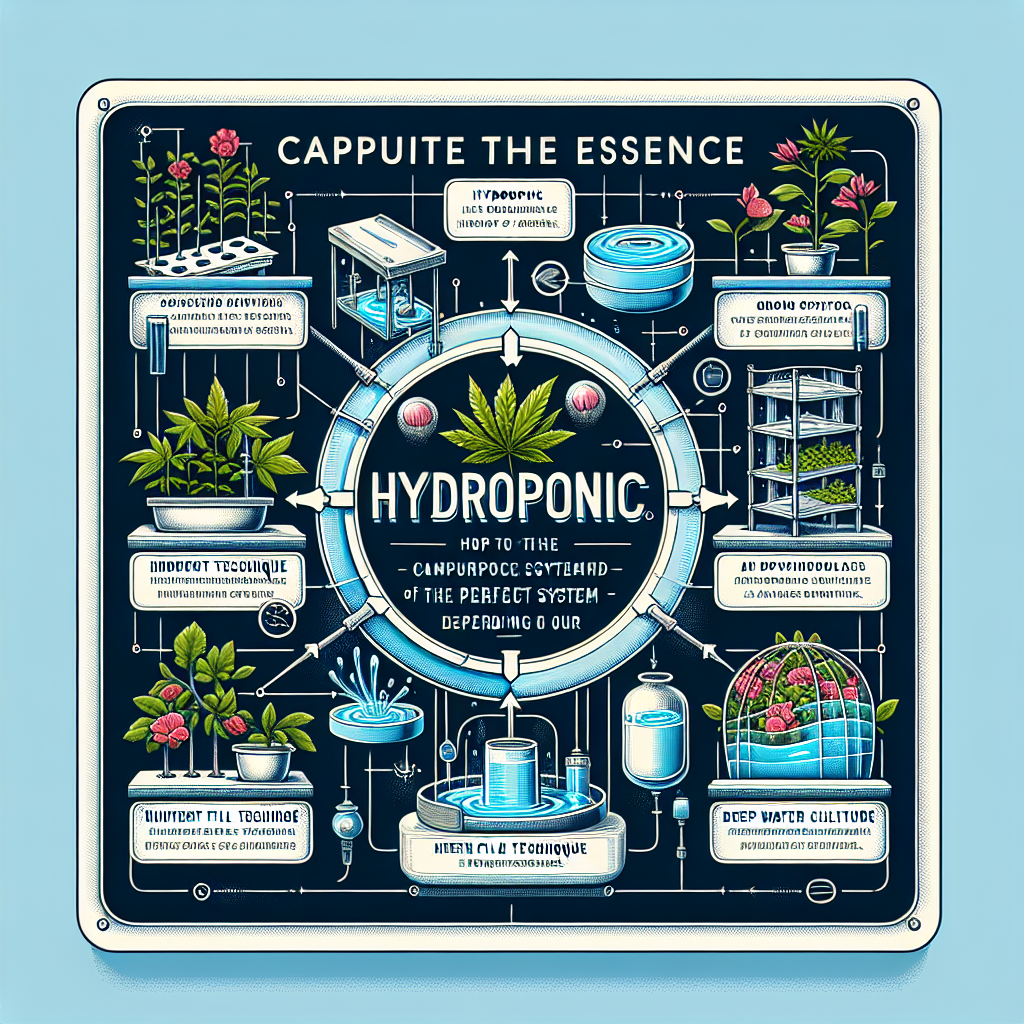Thinking about starting your own hydroponic system but not sure which one to choose? Look no further! In this article, we will explore the various pros and cons of different hydroponic systems, giving you all the information you need to make an informed decision. Whether you are a beginner or an experienced gardener, understanding the advantages and disadvantages of different hydroponic systems is crucial for achieving successful and efficient plant growth. So, let’s dive in and explore the exciting world of hydroponics together!
1. Nutrient Film Technique (NFT)
a. Pros
The Nutrient Film Technique (NFT) is a popular hydroponic system that involves a thin film of nutrient-rich solution flowing continuously over the roots of plants. One of the main advantages of this system is its efficiency in water usage. NFT systems require less water compared to traditional soil-based gardening, making it an eco-friendly option.
NFT systems also provide excellent oxygenation to the plant roots. The continuous flow of nutrient solution ensures that the roots have constant access to oxygen, promoting healthy growth. Additionally, NFT systems are relatively easy to set up and maintain, making them suitable for beginners in hydroponics.
Another benefit of NFT systems is their scalability. They can be easily expanded with minimal modifications, allowing growers to increase their production capacity as desired. This flexibility makes NFT a versatile option for commercial growers or hobbyists looking to experiment with different plant varieties.
b. Cons
While NFT systems offer several advantages, there are a few limitations to consider. One of the main drawbacks is the susceptibility of this system to power outages or pump failures. Since NFT relies on continuous nutrient solution flow, any interruption can quickly result in plant stress or even death.
Another potential issue with NFT systems is the risk of nutrient imbalances. Because the solution is continuously flowing, managing and monitoring the nutrient levels can be more challenging compared to other hydroponic systems. Growers must be vigilant in regularly measuring and adjusting the nutrient solution to ensure optimal plant health.
Additionally, NFT systems may not be suitable for all plant varieties. Plants with extensive root systems or those that require a more substantial growing medium may not thrive in NFT. It is essential to consider the specific needs of the plants before choosing this hydroponic system.
2. Deep Water Culture (DWC)
a. Pros
Deep Water Culture (DWC) is a hydroponic system in which the plant roots are submerged in a nutrient solution. This system offers several advantages, including optimal oxygenation of the roots. The roots have direct access to the oxygen-rich solution, promoting rapid growth and healthy plant development.
DWC systems are straightforward to set up and require minimal maintenance. They are suitable for beginners or those who prefer a hassle-free hydroponic experience. Additionally, DWC systems use less water compared to traditional soil-based gardening, reducing water wastage.
Another benefit of DWC systems is their cost-effectiveness. The simplicity of the setup, coupled with the low maintenance requirements, makes it an affordable option for both commercial and hobbyist growers. DWC systems also allow for better nutrient absorption by the roots, maximizing nutrient efficiency.
b. Cons
Despite its advantages, DWC systems have a few limitations to consider. One potential drawback is the risk of root diseases. With the roots being constantly submerged in water, there is an increased likelihood of root rot or fungal infections if proper precautions are not taken. Regular monitoring of the root health and regular water changes are vital in preventing such issues.
Another limitation of DWC systems is the need for a reliable oxygenation system. Since the roots are constantly submerged, it is crucial to provide adequate oxygen to prevent suffocation and promote healthy root growth. Growers must invest in quality air pumps and diffusers to ensure optimal oxygen supply.
DWC systems may also be less suitable for larger plant varieties or those with extensive root systems. The limited space provided by the reservoir may restrict the growth potential of certain plants. Careful selection of plant varieties that are well-suited for DWC systems is essential to avoid overcrowding and competition for nutrients.
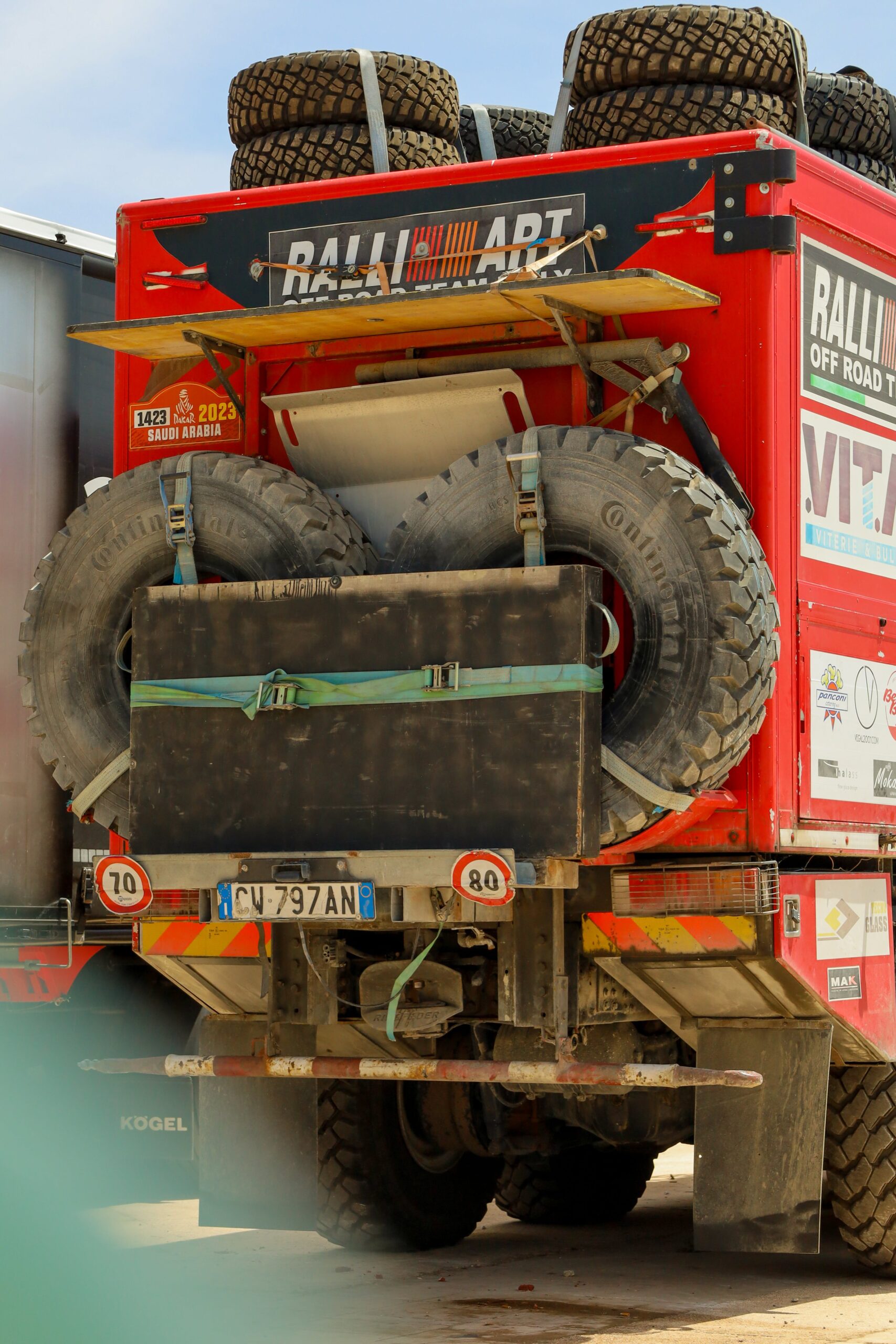
This image is property of images.pexels.com.
3. Drip System
a. Pros
The drip system is a widely-used hydroponic system that delivers a controlled amount of nutrient solution to the plant roots via a network of tubing and emitters. One of the main advantages of the drip system is its versatility. It can be customized to accommodate different plant sizes and varieties, making it suitable for both small-scale and large-scale hydroponic operations.
Drip systems provide a consistent and precise delivery of nutrients, ensuring optimal plant health and growth. The slow and steady dripping action allows for better nutrient absorption and minimizes the risk of waste or excess runoff. This efficiency in nutrient usage makes drip systems a cost-effective option for growers.
Another benefit of the drip system is its flexibility in automation. The use of timers or sensors can automate the nutrient delivery process, reducing manual monitoring and maintenance. This feature is particularly advantageous for growers with limited time or resources.
b. Cons
Despite its benefits, the drip system has a few drawbacks. One potential limitation is the potential clogging of the tubing or emitters. As the nutrient solution passes through the system, it can accumulate sediment or mineral deposits, leading to blockages. Regular maintenance and thorough cleaning are necessary to prevent clogs and ensure uninterrupted nutrient flow.
Drip systems may also require careful monitoring and adjustment of the nutrient solution. Since the delivery is continuous, it is important to regularly measure and balance the nutrient levels to prevent nutrient deficiencies or toxicities. This level of attention to detail may be challenging for novice growers.
Another consideration is the possibility of uneven nutrient distribution. Depending on the placement of the emitters and the root growth patterns, some plants may receive more nutrients than others. This variability can result in inconsistent growth or nutrient imbalances within the plant system.
4. Ebb and Flow System (Flood and Drain)
a. Pros
The Ebb and Flow system, also known as Flood and Drain, is a hydroponic system that periodically floods the plant roots with nutrient solution and then drains it back into a reservoir. One of the main advantages of the Ebb and Flow system is its ability to simulate natural watering and promote better nutrient absorption.
This system provides an excellent balance between water usage and moisture retention. The periodic flood and drain cycles ensure that the roots have access to both water and oxygen, preventing waterlogging and promoting healthy root development. This feature makes the Ebb and Flow system suitable for a wide range of plant varieties.
Another benefit of the Ebb and Flow system is its scalability. The size of the system can be easily adjusted to accommodate various plant capacities, making it suitable for hobbyists and commercial growers alike. This flexibility allows for experimentation and expansion as needed.
b. Cons
Despite its advantages, the Ebb and Flow system has a few limitations. One potential drawback is the reliance on electricity and water pumps. The periodic flooding and draining action require a reliable power source and functioning pumps. Any power outage or pump failure can quickly lead to plant stress or damage.
Another consideration is the potential for waterborne diseases or algae growth. The presence of standing water during the flood cycle can create a moist environment that favors the growth of pathogens or algae. Regular cleaning and proper sanitation practices are essential in preventing such issues.
The periodic flooding can also lead to nutrient depletion if not properly managed. It is important to closely monitor the nutrient levels and adjust the solution accordingly to prevent nutrient deficiencies or imbalances. The frequency and duration of the flood cycles must be carefully calibrated to provide optimal nutrition without risking overdosing or nutrient runoff.
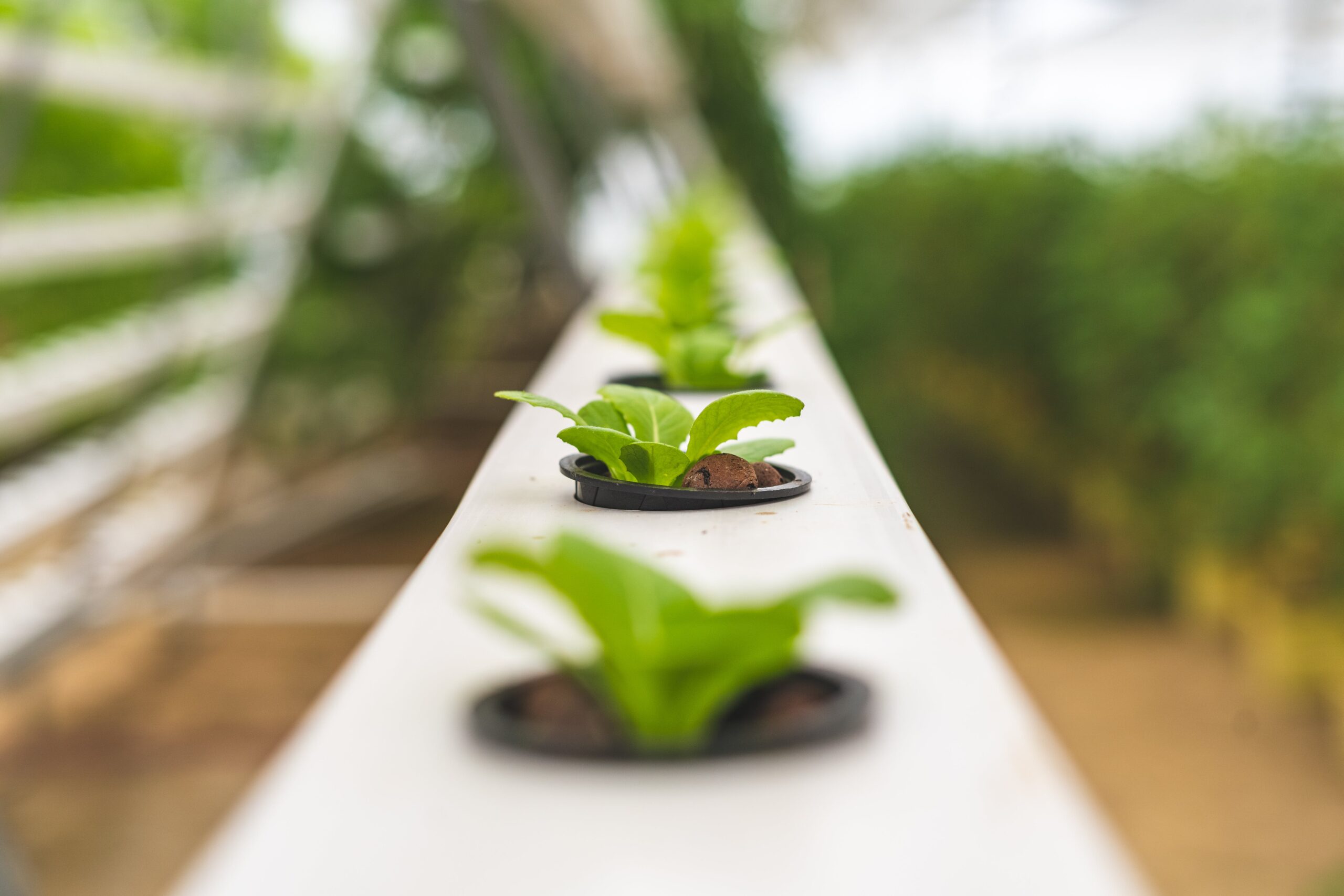
This image is property of images.pexels.com.
5. Aeroponics
a. Pros
Aeroponics is an advanced hydroponic system that involves suspending the plant roots in the air and delivering nutrients through a fine mist or fog. One of the main advantages of aeroponics is its efficiency in water usage. This system uses significantly less water compared to other hydroponic methods, making it an environmentally-friendly option.
Aeroponics also promotes rapid plant growth and optimal nutrient absorption. The fine mist or fog delivers the nutrients directly to the root zone, allowing for maximum nutrient uptake. The oxygen-rich environment further enhances root development and overall plant health.
Another benefit of aeroponics is its versatility. The suspended root system allows for the cultivation of a wide range of plant varieties, including larger plants with extensive root systems. This flexibility makes it a popular choice for commercial growers looking to maximize their yield potential.
b. Cons
While aeroponics offers several advantages, it also presents a few challenges. One potential drawback is the complexity of the setup and maintenance. Aeroponic systems require specialized equipment, including misting nozzles, high-pressure pumps, and precise nutrient delivery systems. The initial investment and technical expertise needed may be a barrier for novice growers.
The reliance on a high-pressure misting or fogging system also poses a risk of nozzle clogging. Any blockages can disrupt the nutrient delivery and potentially harm the plants. Regular monitoring and cleaning of the misting components are necessary to prevent clogs and ensure uninterrupted nutrient supply.
Aeroponic systems are also more susceptible to power outages or pump failures. Without a constant supply of power, the misting or fogging action cannot be maintained, which can quickly lead to plant stress or damage. Backup power solutions, such as generators, are often recommended for aeroponic setups.
6. Wick System
a. Pros
The wick system is a simple and passive hydroponic system that utilizes capillary action to deliver nutrients to the plant roots. One of the main advantages of the wick system is its low cost and ease of setup. It requires minimal equipment and can be assembled by almost anyone, making it an accessible option for beginners or individuals with limited resources.
The wick system is also highly reliable and low-maintenance. It does not rely on electricity or pumps, eliminating the risk of power outages or pump failures. The wick, typically made of an absorbent material like cotton, continuously draws nutrient solution from a reservoir to the root zone, providing a steady supply of water and nutrients.
Another benefit of the wick system is its suitability for small plants or individual pots. The simplicity of the setup makes it ideal for home gardeners or those looking to grow a few plants in limited space. The wick system can also be combined with other hydroponic methods for increased efficiency and flexibility.
b. Cons
Despite its simplicity, the wick system has a few limitations. One potential drawback is its limited nutrient capacity. The wick can only deliver a small amount of nutrient solution, which may be insufficient for larger plant varieties or those with high nutrient demands. Careful selection of plant varieties that are well-suited for this system is essential to ensure proper growth and development.
The wick system also relies on a balance between the capillary action and the root’s water uptake. If the wick is too dry or too wet, it can disrupt the nutrient delivery or lead to waterlogging. Regular monitoring of the wick’s moisture level and adjustment of the nutrient solution are necessary to maintain optimal plant health.
Additionally, the wick system may not be suitable for plants with extensive root systems. The limited reach of the wick may restrict the growth potential or result in overcrowding. Growers should consider the root development characteristics of the plant varieties before choosing the wick system.
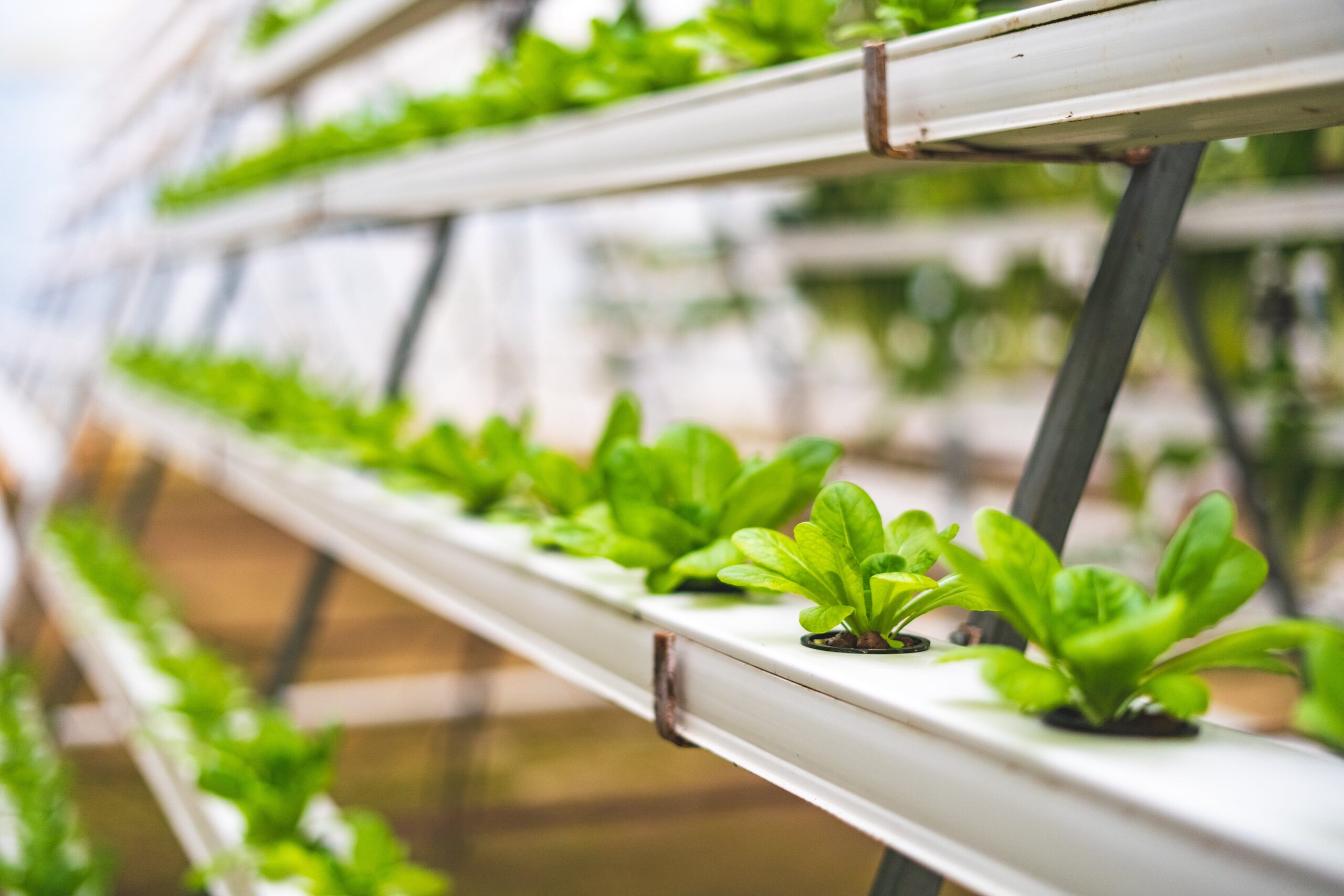
This image is property of images.pexels.com.
7. Aquaponics
a. Pros
Aquaponics is a sustainable and symbiotic hydroponic system that combines fish farming with plant cultivation. The primary advantage of aquaponics is its ability to create a closed-loop system, where the fish waste provides nutrients for the plants, and the plants, in turn, filter the water for the fish. This symbiotic relationship minimizes the need for external nutrient inputs and reduces water wastage.
Aquaponics also promotes optimal plant growth and healthy fish development. The nutrient-rich water supplied by the fish waste ensures that the plants receive a constant supply of essential nutrients. The plant roots act as a natural filter, removing toxins from the water and creating a healthier environment for the fish.
Another benefit of aquaponics is its versatility in plant selection. A wide range of plant varieties, including leafy greens, herbs, and even fruiting plants, can thrive in aquaponic systems. This flexibility allows growers to diversify their crops and maximize their yield potential.
b. Cons
Despite its benefits, aquaponics requires careful planning and management. One potential drawback is the complexity of maintaining a balanced ecosystem. Monitoring the water quality, fish health, and plant nutrient levels is essential for the system’s success. Any imbalances or issues within the system can quickly affect both the fish and the plants.
Aquaponic systems also require a significant initial investment and ongoing maintenance. The setup typically involves specialized equipment, such as fish tanks, biofilters, and water pumps. Additionally, the fish require appropriate feeding and monitoring, adding an additional layer of care and responsibility to the system.
Another consideration is the dependency on the fish for nutrient supply. If the fish population decreases or experiences health issues, it can disrupt the nutrient availability for the plants. Maintaining a stable and healthy fish population is crucial in ensuring the long-term success of the aquaponic system.
8. Vertical System
a. Pros
Vertical hydroponic systems are designed to maximize space efficiency by utilizing vertical structures to grow plants. One of the main advantages of vertical systems is their ability to optimize space utilization. By growing plants vertically, growers can maximize their yield potential without requiring expansive horizontal space. This makes vertical systems particularly suitable for urban or limited-space gardening.
Vertical systems also promote better air circulation and light exposure for the plants. The vertical arrangement allows for improved airflow, reducing the risk of fungal or bacterial diseases. Plants positioned higher in the system receive more direct sunlight, which can enhance photosynthesis and overall plant growth.
Another benefit of vertical systems is their scalability and adaptability. The modular design allows growers to expand or modify the system based on their specific needs or available space. Vertical systems can be customized to accommodate various plant varieties, making them versatile for a wide range of crops.
b. Cons
While vertical systems offer several advantages, they also have a few limitations. One potential drawback is the potential for uneven nutrient distribution. Depending on the positioning and arrangement of the plants, those at the top may receive more nutrients compared to those below. Careful planning and adjustment of nutrient delivery systems are necessary to ensure equal distribution and prevent nutrient imbalances.
Vertical systems may also require more frequent monitoring and maintenance. The compact nature of the system can create challenges in accessing and caring for the plants. Regular inspection, pruning, and cleaning are essential to prevent overcrowding, pest infestations, or disease outbreaks within the system.
Additionally, the initial setup cost of vertical systems can be higher compared to traditional horizontal hydroponic setups. The need for specialized vertical structures and support systems, such as trellises or vertical towers, can increase the overall investment. However, the long-term benefits in terms of space efficiency and increased crop yield often outweigh the initial costs.
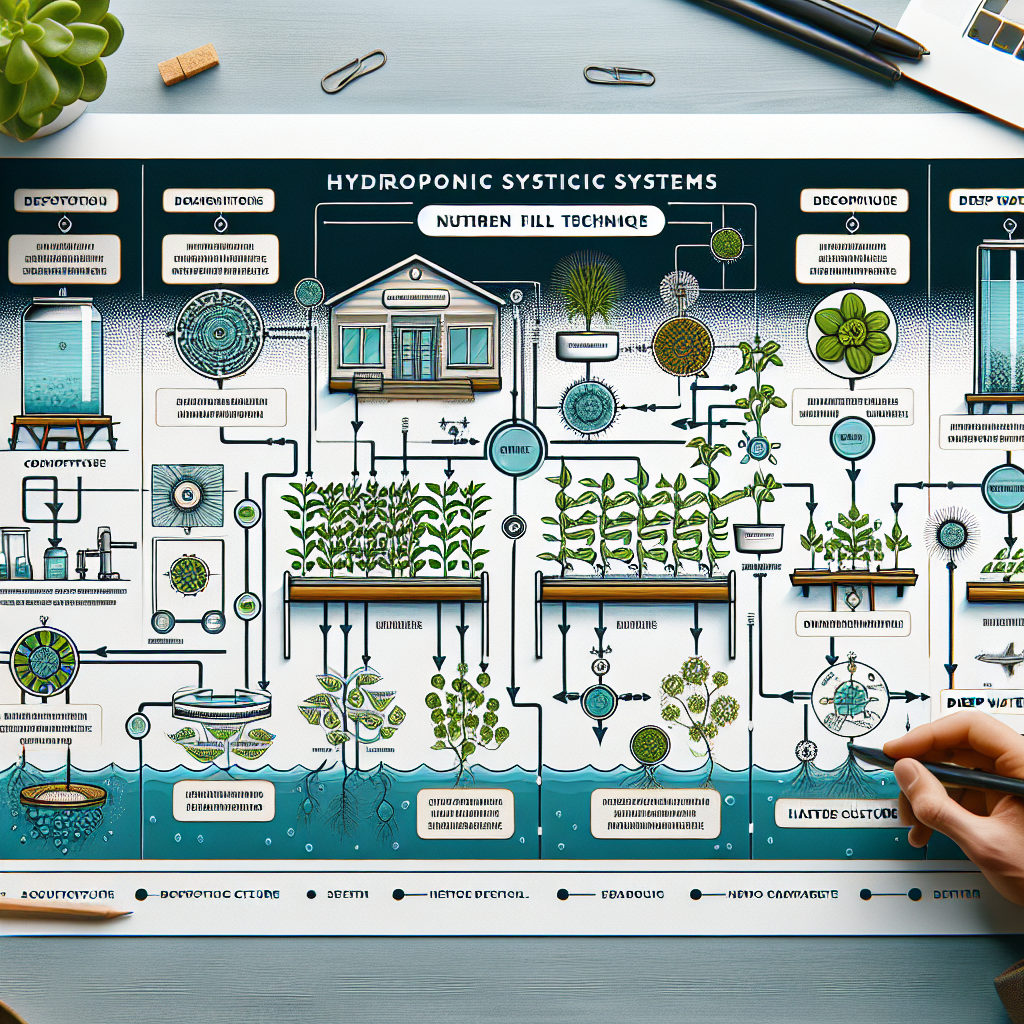
9. Kratky Method
a. Pros
The Kratky method is a passive hydroponic system that requires minimal equipment and maintenance. In this system, plants are grown in containers filled with a nutrient solution, and the roots passively absorb the nutrients as the solution level decreases over time. One of the main advantages of the Kratky method is its simplicity and accessibility. It is suitable for beginners or individuals with limited hydroponic experience and resources.
The Kratky method also eliminates the need for electricity or pumps, making it a cost-effective option. The passive nutrient uptake by the roots ensures a steady nutrient supply throughout the plant’s growth cycle. This simplicity and self-regulating nature of the system make it low-maintenance and ideal for those looking for a hands-off approach to hydroponics.
Another benefit of the Kratky method is its suitability for a wide range of plant varieties. The non-circulating nature of the nutrient solution allows for flexibility in plant selection, including leafy greens, herbs, and smaller fruiting plants. This versatility makes it a popular choice for home gardeners or small-scale hydroponic setups.
b. Cons
Despite its advantages, the Kratky method has a few limitations. One potential drawback is the limited growth potential for larger or longer-duration plant varieties. The static nutrient solution and absence of active oxygenation can restrict the root development and overall size of the plants. Careful consideration of the growth requirements of the selected plant varieties is essential for successful implementation of the Kratky method.
The non-circulating nature of the nutrient solution can also lead to nutrient deficiencies or imbalances over time. As the plant absorbs the nutrients, the nutrient solution level decreases, which can result in inconsistent nutrient availability as the plant grows. Monitoring the nutrient levels and supplementing as needed is crucial to prevent nutrient deficiencies or toxicities.
Furthermore, the absence of active aeration in the Kratky method can increase the risk of root suffocation or root diseases. Providing adequate oxygenation to the roots through proper container design or supplemental oxygenation solutions is necessary to maintain healthy root growth and prevent anaerobic conditions.
10. Nutrient Flow Technique (NFT)
a. Pros
The Nutrient Flow Technique (NFT) is a hydroponic system that utilizes a shallow film of nutrient-rich solution flowing over the plant roots. One of the main advantages of the NFT system is its water efficiency. The continuous, shallow flow of the nutrient solution allows for effective water usage, reducing water wastage compared to traditional soil-based gardening.
NFT systems also provide excellent oxygenation to the plant roots. The continuous flow of nutrient solution ensures that the roots have constant access to oxygen, promoting healthy growth and nutrient absorption. This oxygen-rich environment stimulates robust root development and overall plant vigor.
Another benefit of NFT systems is their relatively simple setup and maintenance. With no soil or bulky growing media involved, NFT systems are lightweight and easy to manage. This simplicity makes it an accessible option for beginners or those with limited hydroponic experience.
b. Cons
While NFT systems offer several advantages, they also have a few limitations. One potential drawback is the reliance on a continuous power supply. The continuous flow of the nutrient solution requires reliable pumps and electricity. Any interruption in power can quickly result in plant stress or even death. Growers must have backup power solutions or contingency plans in place to mitigate this risk.
Another consideration is the potential for nutrient imbalances in NFT systems. Since the solution is continuously flowing, managing and monitoring the nutrient levels can be more challenging compared to other hydroponic systems. Regular measurement and adjustment of the nutrient solution are essential to prevent deficiencies or toxicities.
Additionally, NFT systems may not be suitable for all plant varieties. Plants with larger root systems or those that require a more substantial growing medium may not thrive in NFT. The thin film of nutrient solution may not provide sufficient support or space for such plants. Careful consideration of the plant’s specific requirements and growth characteristics is necessary before choosing NFT.
